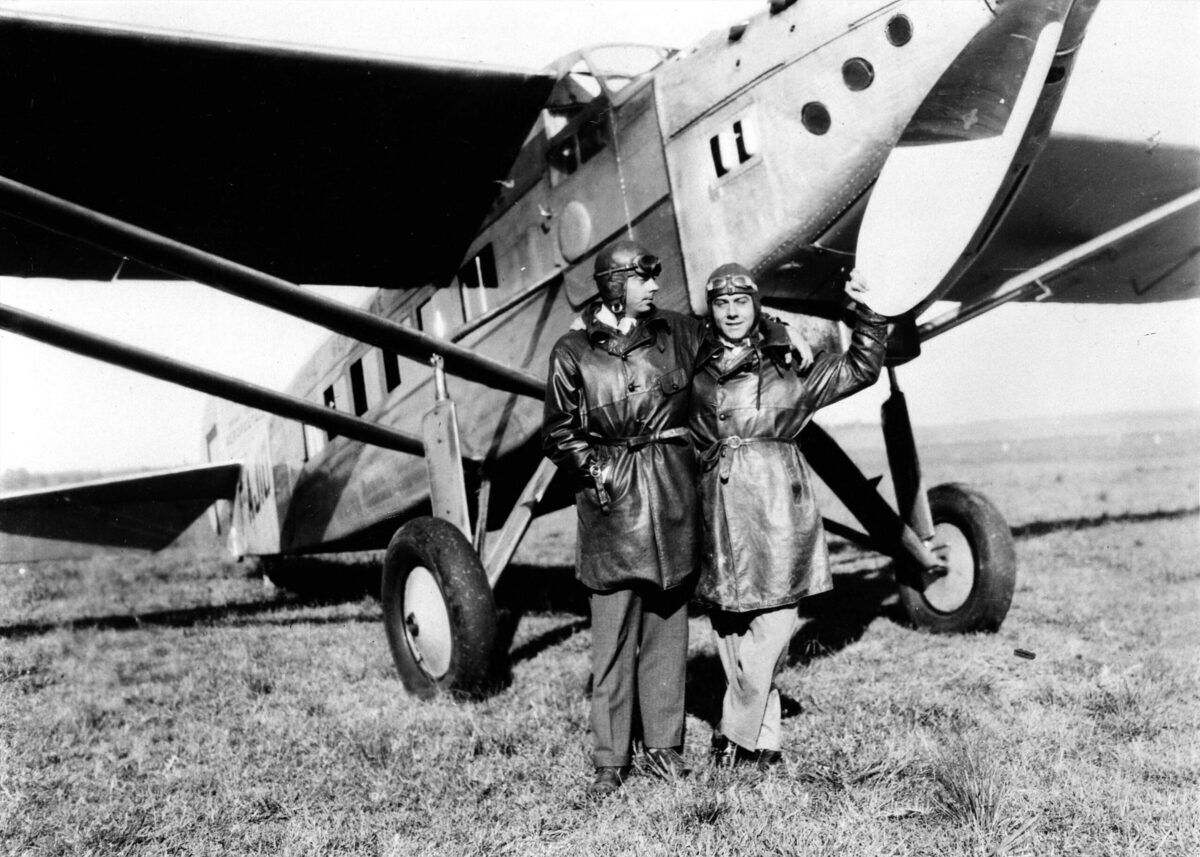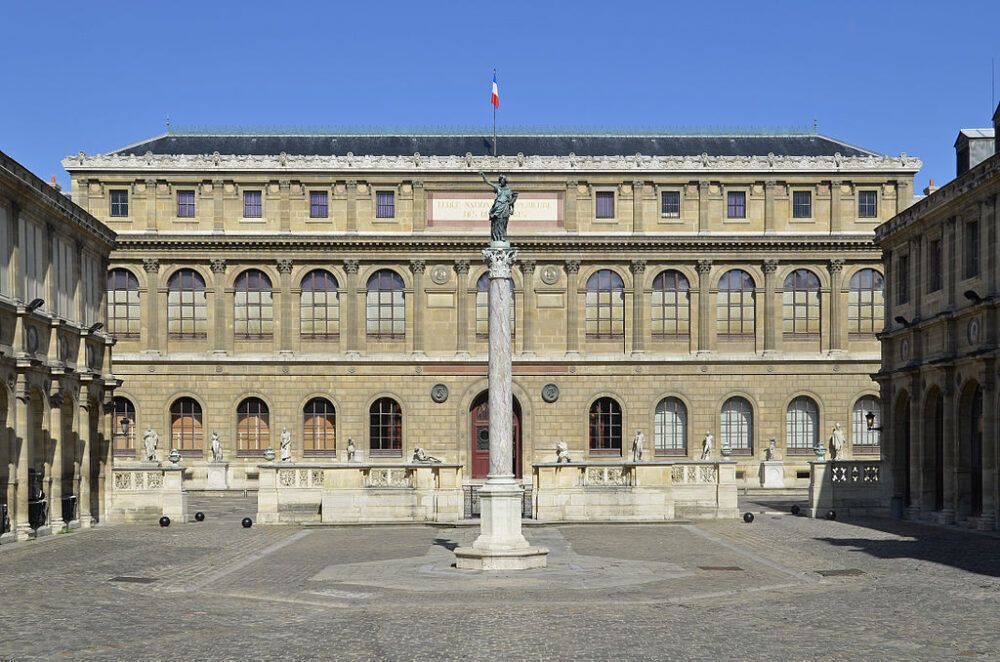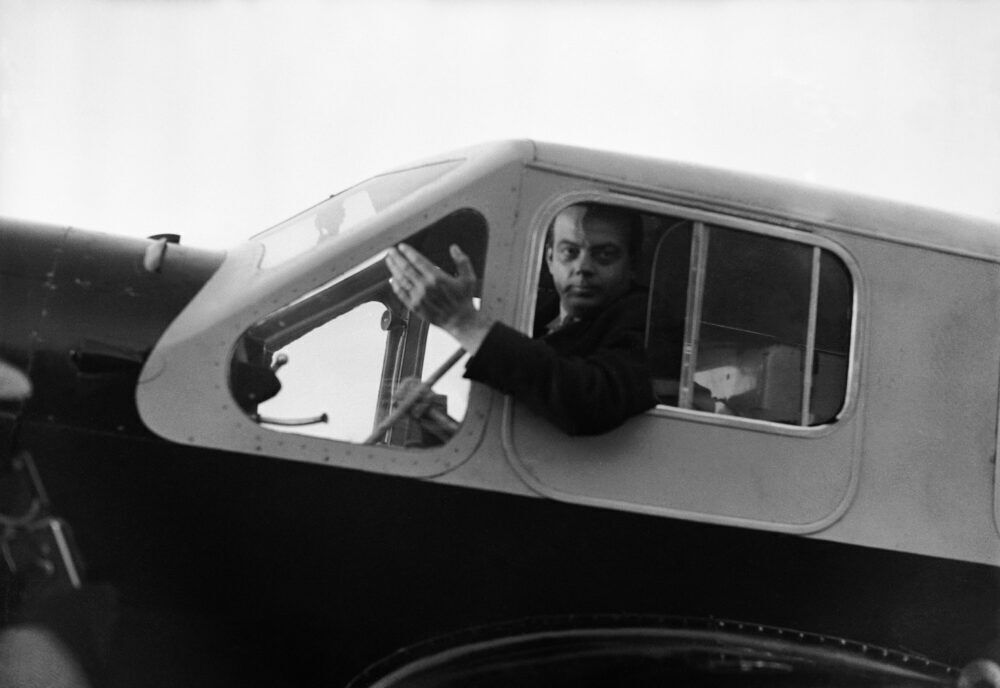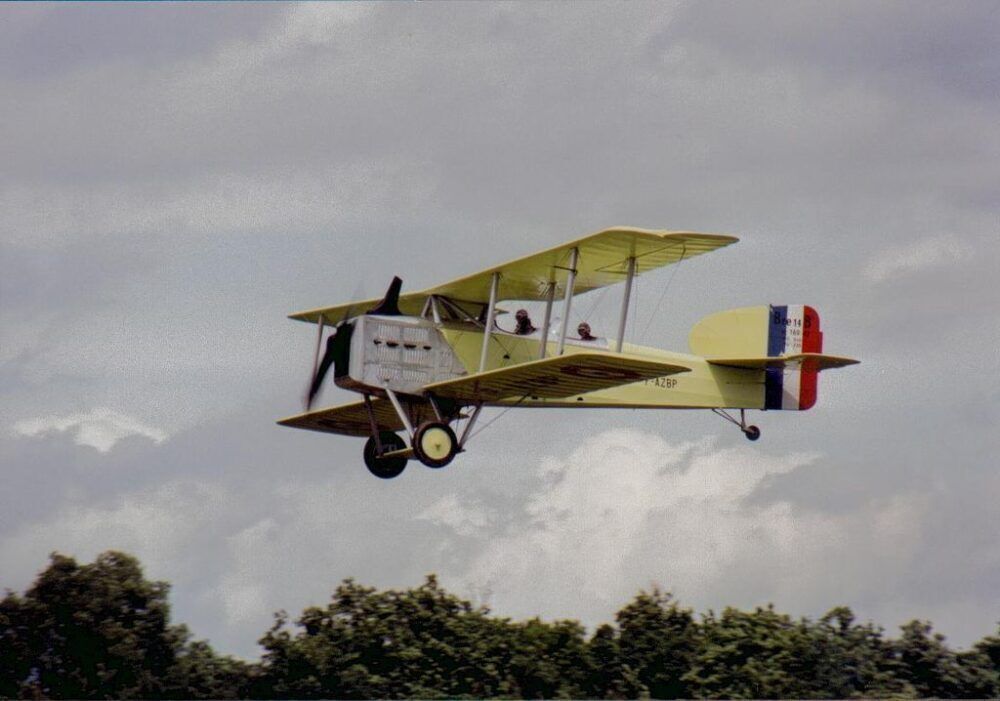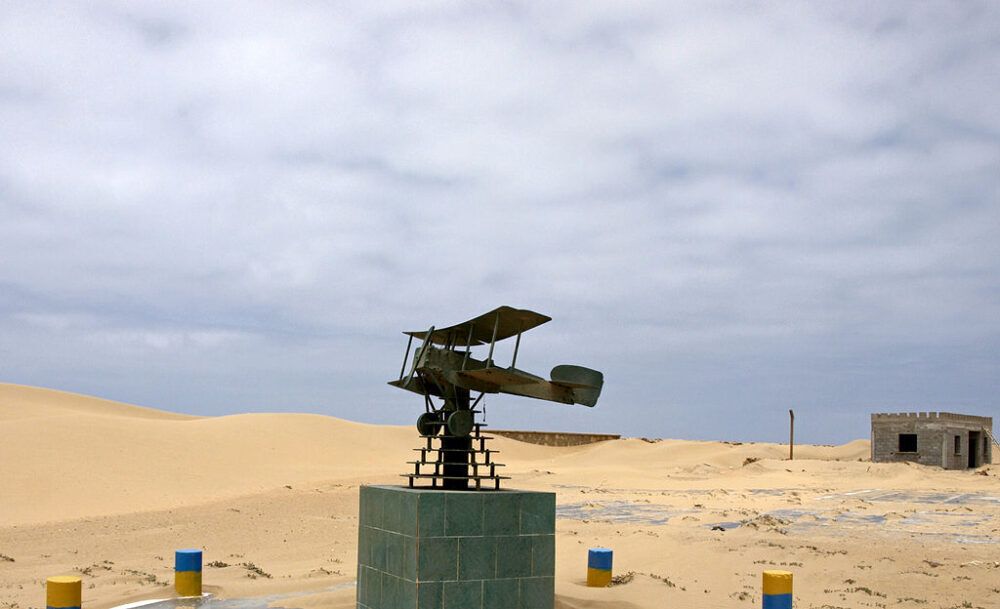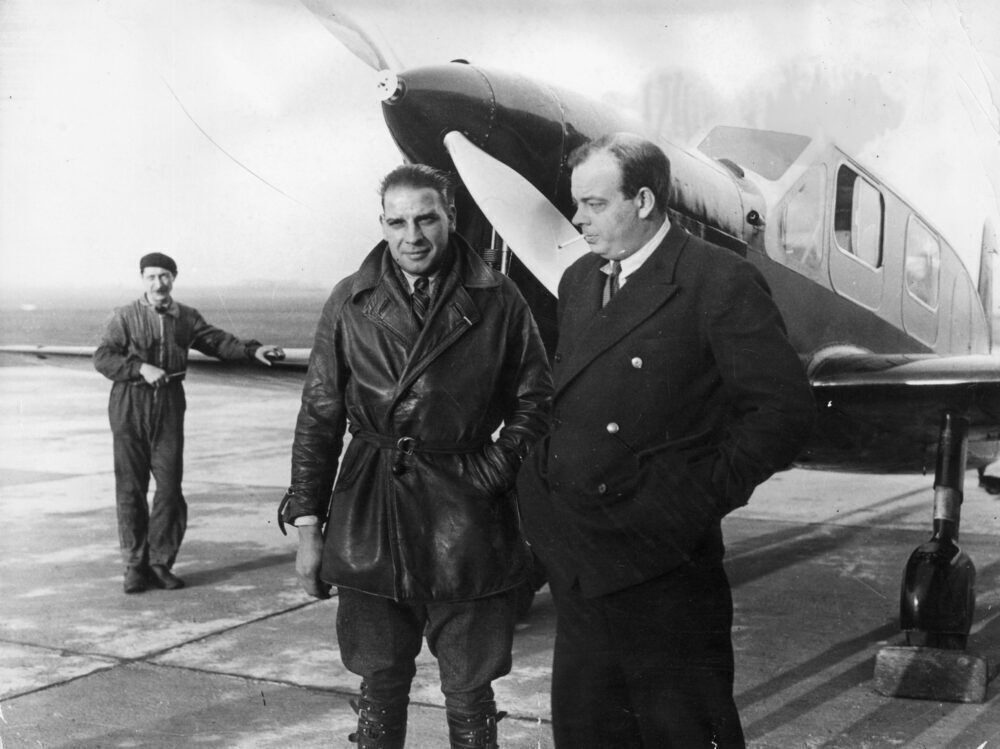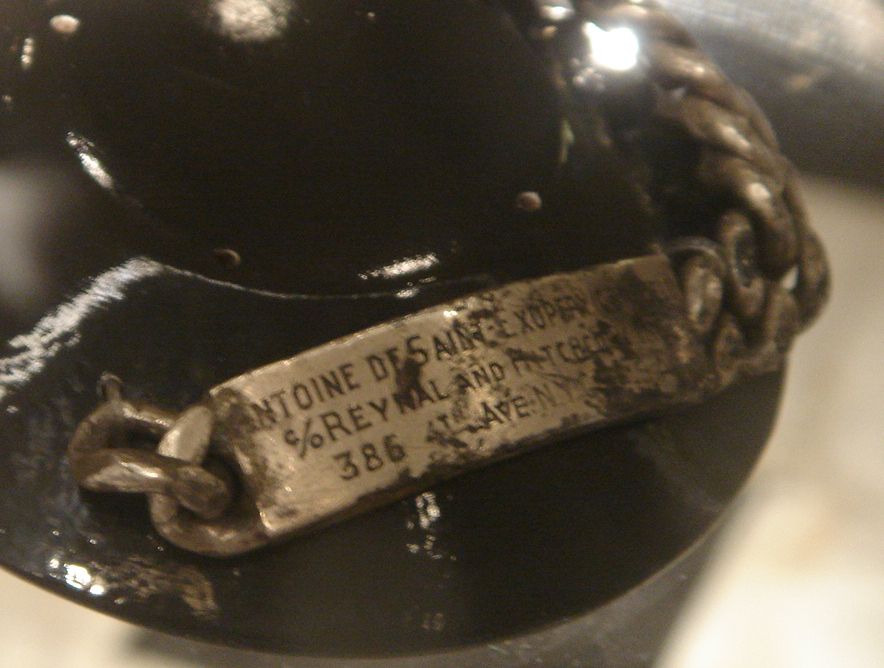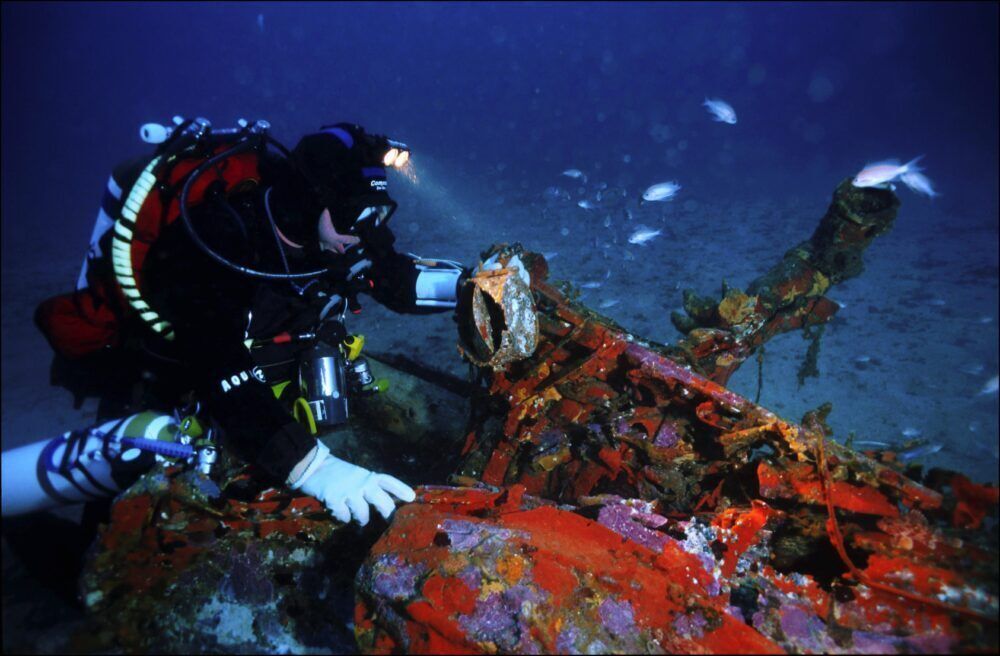French aviator Antoine de Saint-Exupéry had about as diverse a life and career as would have been possible to squeeze into his 44 years. Born 121 years ago today, he is known for his achievements in the contrasting fields of both aviation and literature. Let's take a look back at Saint-Exupéry's life, marked by fascinating tales of survival and disappearance.
The early years
121 years ago today, on June 29th, 1900, Antoine Marie Jean-Baptiste Roger Vicomte de Saint-Exupéry was born in Lyon, France. He grew up among Catholics as the third of five children, and his aristocratic family experienced multiple tragedies during his childhood.
Indeed, Antoine had not turned four before his father died of a stroke. Then, at the age of 17, his younger brother Francois succumbed to rheumatic fever aged just 15 years old. These tragedies left Antoine as the man of the house, and he became protective of his mother and three sisters. When it came to academia, he had little success.
Having twice failed to get into the French École navale (Naval Academy), he also left the École des Beaux-Arts (School of Fine Art) without graduating. He had studied architecture there for 15 months, but began his working life by simply taking on a series of odd jobs.
Stay informed: Sign up for our daily and weekly aviation news digests.
Taking to the skies
Saint-Exupéry began flying during his time in the armed forces. He had initially joined a cavalry regiment as a soldier in 1921, but soon moved to the air force. This came about after he took flying lessons while stationed near Strasbourg with the army. His transfer took place in 1922, whereupon he was deployed to Morocco, having received his wings.
A later posting saw Saint-Exupéry based in Le Bourget, home to Paris's first airport (and its only one until 1932). However, it was here that he experienced his first plane crash, prompting his then-fiancée's family to encourage him to shift towards office-based work.
After their engagement fell through, Saint-Exupéry once again found himself in a cycle of odd jobs. However, he was back in the skies by 1926, albeit this time not in a military capacity. Indeed, in his new airmail role, he became an early pioneer of postal flights.
Saint-Exupéry flew Aéropostale's Toulouse-Dakar route until 1929. This eventually saw him also assume the role of stopover manager at South Morocco's Cape Juby airfield. During this time, the French government awarded him the Légion d'honneur, the country's highest order of merit, after his involvement in releasing downed fliers that local tribes had taken hostage.
Literary career
Saint-Exupéry's rise as an airmail pilot also coincided with the beginning of his literary career. 1926 saw his first piece of published work, a novella called L'Aviateur (The Aviator), hit the press as part of a literary magazine called Le Navire d'Argent (The Silver Ship).
Meanwhile, 1929 saw him transfer to South America to work as a director at Aeroposta Argentina. While this role was largely management-based, he did also fly missions himself. This year was also when his first book, Courrier Sud (Southern Mail), came out.
Two years later marked the publication of the first of Saint-Exupéry's literary works that garnered wider acclaim. Published in 1931, Vol de nuit (Night Flight) went on to win the prix Femina, a French literary award that exists to this day. While the book was a novel, it drew strongly on Saint-Exupéry's time working in Argentina. As it would turn out, this was by no means the last instance of his life being mirrored in his writing.
Desert survival
Arguably the most remarkable tale from Saint-Exupéry's diverse flying career comes from 1935. This was when he and his mechanic and navigator André Prévot attempted to win an air race from Paris to Saigon, and break the speed record for the competition in doing so. Had they been successful, they would have earned a prize of 150,000 francs.
However, nearly 20 hours after leaving Paris, their aircraft came down in the Libyan desert in the middle of the night. While both men survived the crash, they faced an intense battle to stay alive in the exposed landscape. With only rudimentary maps to hand, the men were unsure of their location, and only had a day's worth of supplies for such incidents.
Saint-Exupéry and Prévot had been flying a Caudron C.630 Simoun monoplane, which bore the registration F-ANRY. With minimal food, drink, and medical, supplies, their conditions quickly deteriorated. Both men experienced intense hallucinations due to dehydration, and even ceased to sweat as a result of their lack of fluids.
Finally, after four days, a local tribesman discovered them, and was able to rehydrate them in time to save their lives. Saint-Exupéry drew on the experience in both his memoir Wind, Sand, and Stars (1939) and a novella called The Little Prince (1943).
Disappearance
When the Second World War came around, Saint-Exupéry fled to North America following Germany's invasion of France. He left for New York in December 1940, having escaped via Portugal. As well as spending time in the US, he and his family also spent time in Québec, Canada. He returned to France after 27 months, in April 1943.
Saint-Exupéry left North America as part of a US convoy, and would return to military service in the Free French Air Force in the Mediterranean. However, it was on such duty that he would eventually disappear while flying just over a year later.
July 31st, 1944 was the date of Saint-Exupéry's last known flight. He departed the French island of Corsica on a reconnaissance mission, flying an unarmed Lockheed P-38 'Lightning,' and vanished without a trace. This first became clear when he didn't return from the mission in question, and the story shocked the worlds of both aviation and literature.
Discoveries and legacy
Soon after his disappearance, remains of an unidentified body in uniform were found near the Frioul archipelago, off the south coast of France. However, incredibly, more than half a century later, September 1998 marked a more concrete discovery.
This saw a fisherman come across an identity bracelet bearing Saint-Exupéry's name, along with those of his wife and publishers. The bracelet was attached to a piece of fabric presumed to be his flight suit, and prompted emotional reactions across France.
Since the turn of the century, various pieces of his aircraft's wreckage have also since been found. Saint-Exupéry's legacy lives on in the form of these as part of a dedicated exhibit at Le Bourget's Musée de l'air et de l'espace (Air and Space Museum). Meanwhile, airports in his birthplace of Lyon and San Antonio Oeste, Argentina also bear his name.
Did you know about Antoine de Saint-Exupéry's various exploits? Have you ever flown to or from either of the airports that bear his name? Let us know your thoughts and experiences in the comments.

